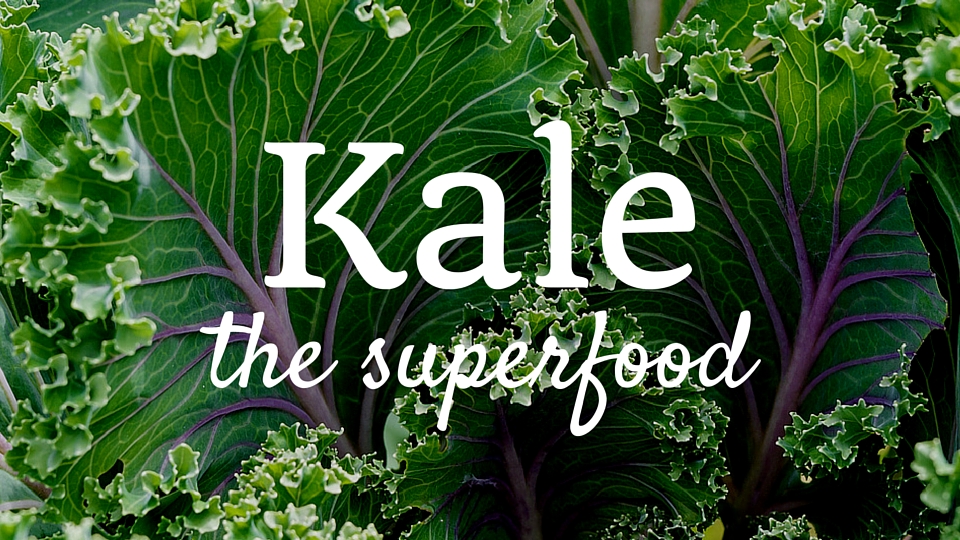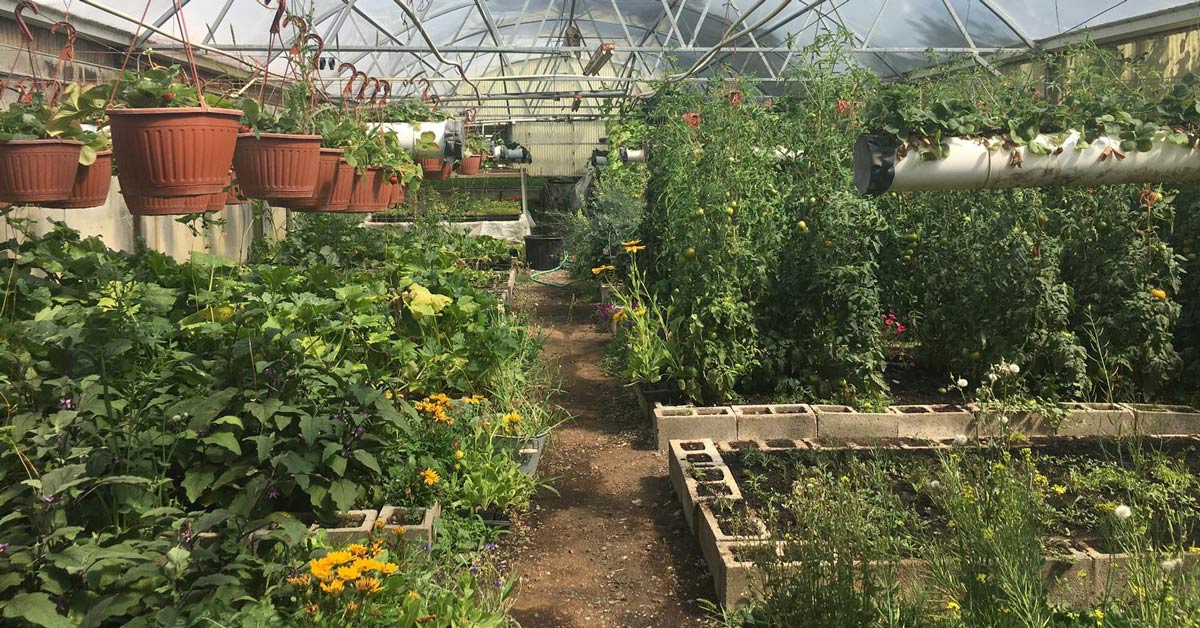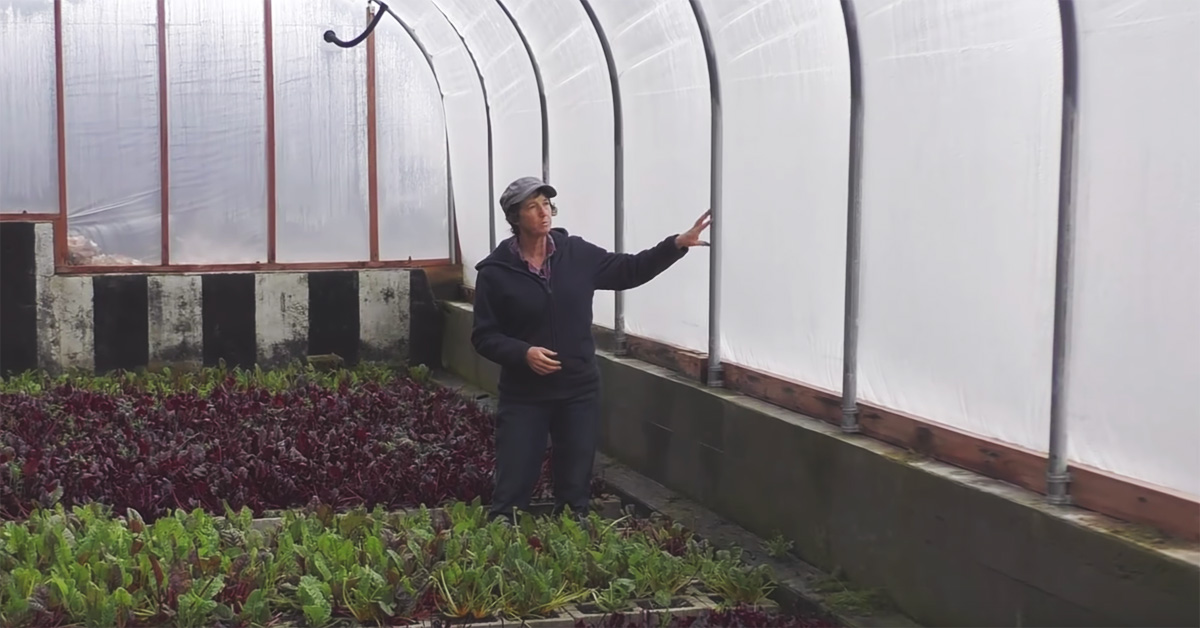 What makes kale the superfood green of choice recently? Kale is very popular right now in restaurants, cookbooks and for backyard gardeners because of how easy it is to grow. Kale has always been and will always be a great source of nutrition. Kale is loaded with vitamins C, A, K, and iron, sulfur, antioxidants, omega-3 fatty acids, calcium and fiber. Kale has more iron per calorie than beef and it has more calcium per calorie than milk. The sulfur and fiber in kale are great for detoxing the body. For this reason alone kale is the ultimate superfood! There are many more reasons we should be especially impressed with kale.
What makes kale the superfood green of choice recently? Kale is very popular right now in restaurants, cookbooks and for backyard gardeners because of how easy it is to grow. Kale has always been and will always be a great source of nutrition. Kale is loaded with vitamins C, A, K, and iron, sulfur, antioxidants, omega-3 fatty acids, calcium and fiber. Kale has more iron per calorie than beef and it has more calcium per calorie than milk. The sulfur and fiber in kale are great for detoxing the body. For this reason alone kale is the ultimate superfood! There are many more reasons we should be especially impressed with kale.
Kale is not only a great source of nutrition, it is also easy to grow and will grow in abundance in most locations. Kale is a lot like cabbage except it doesn’t form a head. Kale is the hardiest of the brassica family. It will withstand temperatures down to 10° F. Being very cold hardy, it can winter over in most gardens with some mulch over it. I raise kale in the fall so that my chickens have some greens in the winter. There is also an ornamental kale that looks just like a humongous flower reaching a size of 20 inches across. The ornamental kale comes in shades of pink, red and white. This ornamental kale can easily be incorporated into your flower beds and serve as a beautiful plant and a source of incredibly nutrient dense food. Kale the superfood can become a part of your life no mater your gardening style.
My favorite variety to grow is called Red Russian Kale. This variety has smaller more tender leaves than most kale varieties and can be eaten raw in salads. The best varieties to grow are Red Russian Kale, Winterbor, Dwarf Blue Curled Scotch
When you grow kale should you buy seeds or seedlings? Very few nurseries will grow kale starts. Most of the starts they will grow are the ornamental type of kale so be sure you ask for the type of kale you want. This ornamental kale is still edible. However, it will not produce the tender small leaves that I prefer. If you are going to start your own seeds, plant them 8 weeks before your last frost date in a two inch pot. (To discover your estimated last frost date read my article What are Planting Zones and How Do They Make a Superstar Gardener.) Then transplant the kale seedlings into your garden in 3-4 weeks. Kale tolerates transplanting fairly well. Kale likes full sun in the fall, winter and spring. In the south if you are growing through the summer try planting in partial shade.
How do you know if your kale is hungry? If the kale plants are hungry they will have yellow/reddish leaves at the bottom of the plant. If the plant turns a purple red color in the fall that is just the plant getting ready for frost.
Mulching is one of the major keys to my gardening system. Kale is a large plant and will love to be mulched. When you first put in the plants mulch them with ½ inch of grass clippings. About 3-4 weeks later put another inch of mulch and that should take care of your kale for the season. If you do see any weeds or the mulch gets thin you can mulch again any time.
This incredibly hardy plant can be left out in the garden over winter in zones 6-10. Kale is the hardiest of the greens. You can go out and brush the snow off of the plants and pick the greens for dinner. In a cold frame, kale would last all winter even in the coldest climates providing you can find the cold frame under the snow. Kale is not only the ultimate superfood, it is also one of the most forgiving plants you can grow!
There are a few pest that enjoy kale just as much as you do that you will need to be on the lookout for. Aphids will show up on kale and so will cabbage worms. If you are growing your kale for show and not to eat, remember that it can harbor pests and needs to be checked and treated for pests just like the vegetables in the garden. It is the flowers and weeds around the garden that usually infect the garden with pests because no one is checking them for pests. These pests can run amuck before anyone knows they are even there.
Kale leaves can be harvested at any time and at any size. Just go out and break off the leaves or cut them off with the scissors. Be sure to leave the center leaves of the plant so that it can continue growing. Once you have harvested it my favorite ways of preserving it are blanching and freezing so it can be eaten fresh all through the winter. Or you can dehydrate the kale and crumble in into soups or egg dishes. Mostly kale can remain out in the garden and be harvested fresh all winter. You can get creative with how you enjoy your kale by trying out some of our latest featured recipes for:
What are your favorite recipes for kale? Send me an email at lynn(at)paleogardening.com and tell me all about it. I would love to hear from you! Stay tuned for next week’s Paleo Garden Expert Interview!
Until next time may your garden be easy, fun, productive and always organic!
Lynn
The weekly leafy green is just a taste of what you can find in our latest online high performance gardening course- the Leafy Greens Container Course. In this online course I will show you how to grow the most variety and nutrient dense greens you have ever had. Learn more about how you can enjoy these leafy greens today!



